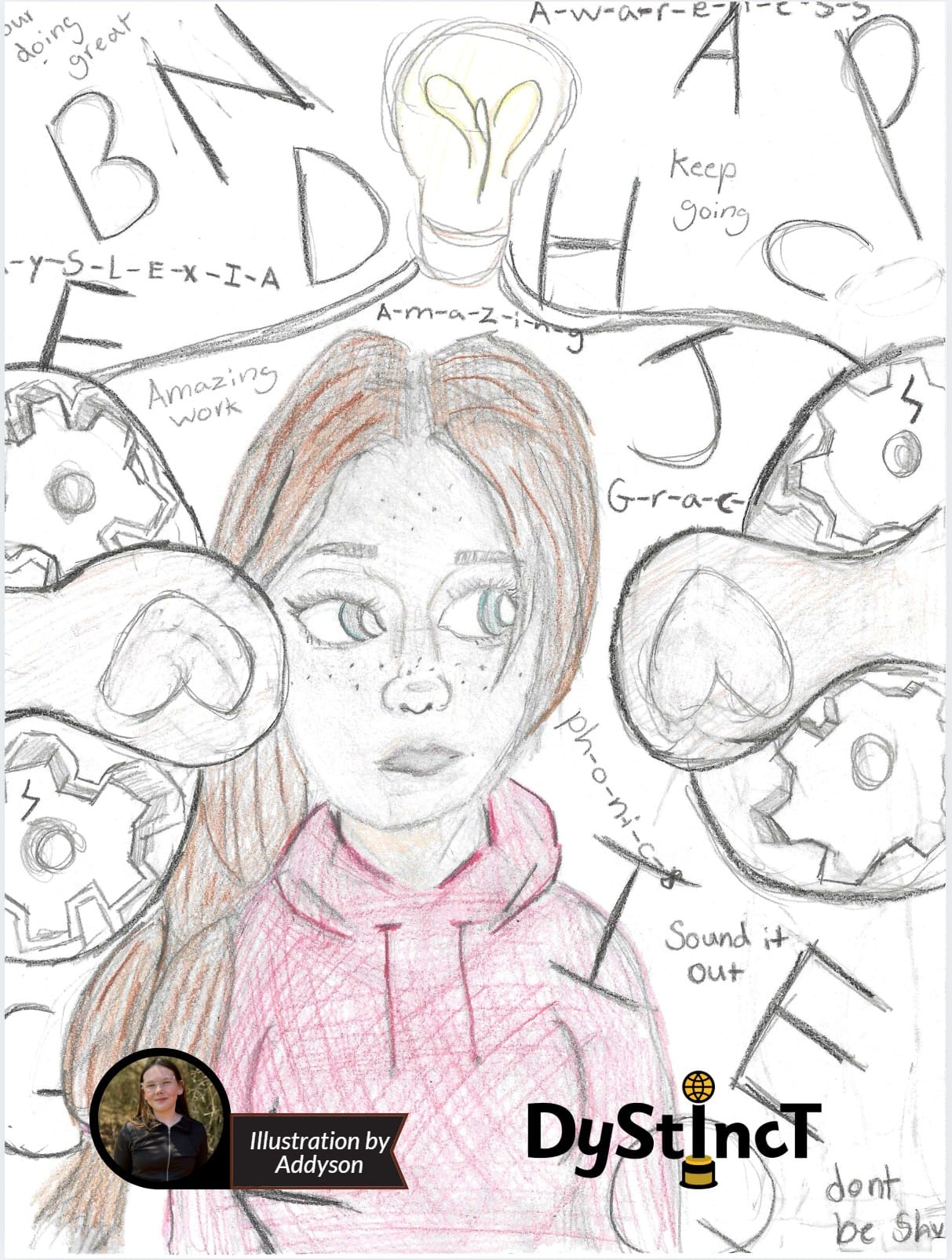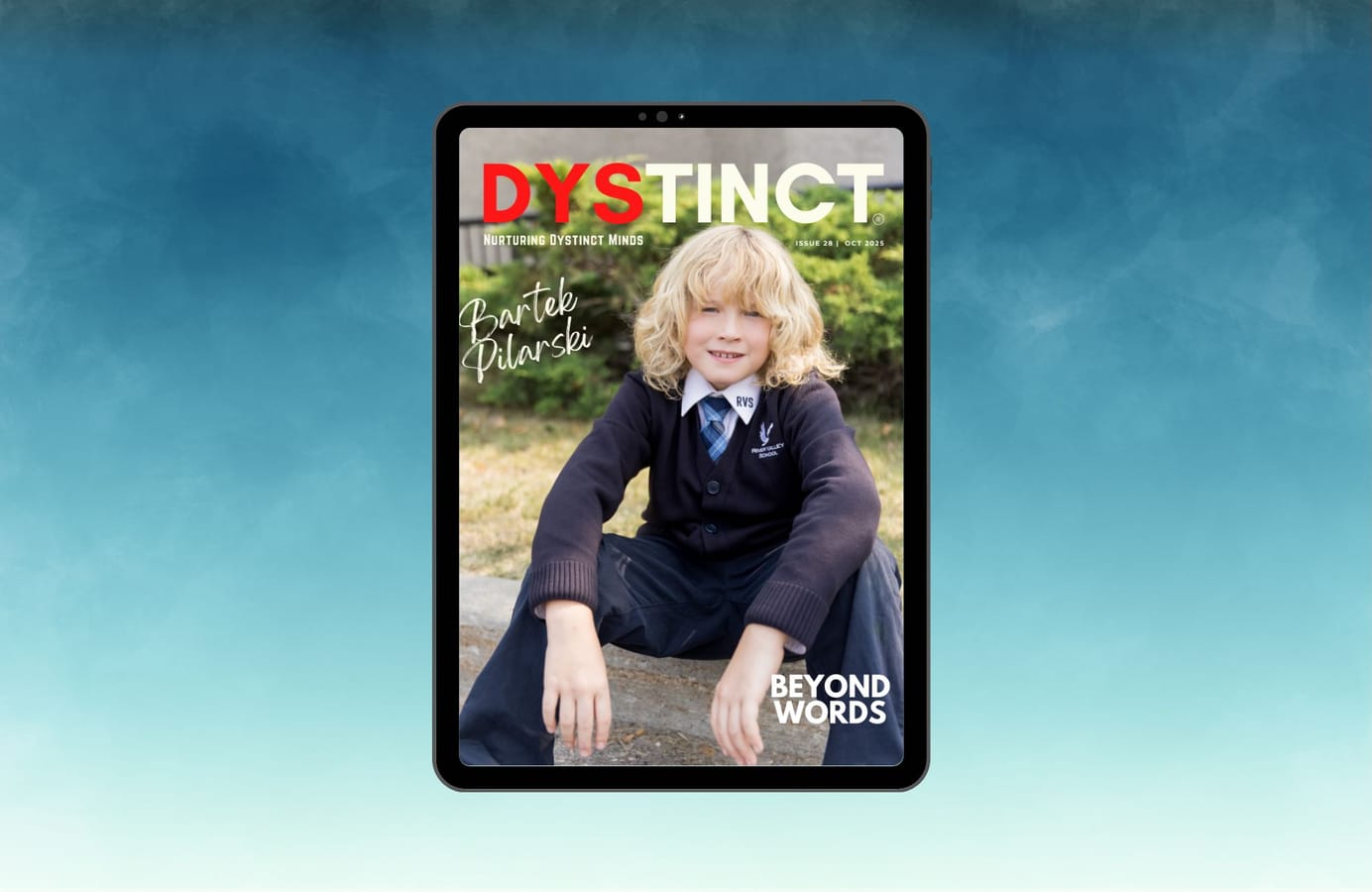
Issue 26: Oral Language: Speaking and Listening in The Secondary Classroom | Jeanne Schopf | Pathways Towards Literacy
Jeanne Schopf shares insights adapted from her upcoming book, The Science of Secondary Literacy: Research to Practice from the Voices of the Field (scheduled for release in Spring 2026), emphasising the powerful role of structured, student-led discussions in strengthening literacy development.
Secondary students in grades 6-12 are expected to read, write, and comprehend complex texts while developing their language skills through various activities, including reading, writing, speaking, and listening. According to the Simple View of Reading, comprehension arises from both decoding skills and language understanding (Gough & Tunmer, 1986). Strong oral language skills, which include receptive abilities (listening and reading) and expressive abilities (speaking and writing), are crucial for improving reading comprehension and writing proficiency. According to the Council of Chief State School Officers, these standards provide a foundation for college and career readiness by encouraging students to read widely and deeply from a diverse range of high-quality, increasingly challenging literary and informational texts. (CCSSO)
To enhance literacy instruction, educators must deliberately integrate structured, accountable discussions that utilize open-ended questions to encourage deeper thinking. (Kamil, 2008) The IES Practice Guide recommends selecting engaging texts, fostering extended discourse, and implementing discussion protocols to boost comprehension and writing skills. (Kamil, 2008)
The Simple View of Reading Model, Common Core State Standards, and the IES practice guide for Improving Adolescent Literacy all highlight the significance of language skills. Classroom discourse is a vital tool for learning, allowing students to analyze texts, develop reasoning skills, and improve their writing—all of which contribute to better comprehension. In the book Visible Learning, authors Douglas Fisher, Nancy Frey, and John Hattie indicate that the effect size for classroom discussion is 0.82. However, middle and high school English class observations reveal that the average length of whole-class discussions varies from 14 to 52 seconds per period (Fisher, Frey, Hattie, 2016, p. 83). Structured conversations can foster critical thinking and engage students in meaningful dialogue, helping them construct arguments, analyze texts, and internalize content more effectively. Therefore, educators should incorporate academic discussions to strengthen students' oral language skills, enhancing their reading and writing abilities. Effective classroom discussions require a shift from teacher-directed instruction to student-led conversations. To promote meaningful dialogue, educators must cultivate a positive classroom culture where students feel safe to express their ideas.
For students to engage in deep, analytical discussions, they need to feel a sense of belonging. (Saul, 2004) Fear of negative feedback can hinder participation, making it essential for teachers to cultivate an environment of trust. Maslow's Hierarchy of Needs (McLeod, 2007/2024) provides a framework for addressing students' emotional and intellectual development:
- Physiological Needs – Ensure students have access to food, water, and breaks.
- Safety Needs – Establish clear expectations, enforce routines, and prevent bullying.
- Love and Belonging – Create a supportive community where students feel valued.
- Esteem Needs – Offer affirming feedback and provide opportunities for peer recognition.
- Self-Actualization – Encourage intellectual and emotional growth through meaningful.
By prioritizing a supportive classroom culture, educators can help students overcome barriers to participation, leading to richer discussions and deeper comprehension. (McLeod, 2007/2024)
To facilitate formal speaking and listening in the classroom, educators must explicitly teach expectations for listening and speaking. This helps students transition from informal discussions to more structured, collaborative dialogues. Many students may feel unprepared or anxious about speaking in formal talks, fearing judgment or negative feedback from peers or teachers. A solution is to model discussion expectations and provide scaffolding, such as sentence stems, to support reluctant participants.

For students to effectively lead classroom discussions, they must be able to ask thoughtful questions and articulate their ideas. One effective strategy is "Questioning the Author," which empowers students to engage critically with texts and fosters a deeper understanding. Isabel Beck and her colleagues developed this strategy to encourage students to interact actively with a text by questioning the author's choices and reasoning. This approach helps students build a more profound comprehension of the material. (Beck, McKeown., et al. 1997).
The key elements of Questioning the Author are to select a grade-level appropriate text in terms of vocabulary and complexity. The teacher should use questions to prompt students to think critically about the text's meaning, such as "What is the author trying to tell you?" and "Why is the author telling you that?" "How could the author have said things more clearly?" Then, over time, the focus should shift from teacher-directed to student-led questions. This approach promotes active reading, self-monitoring, and critical thinking. Rather than simple questions that check for understanding, these Queries encourage students to explore the text's deeper meanings and collaborate with peers. This fosters a more interactive and participatory classroom culture where students become leaders in their learning. (Beck, McKeown., et al. 1997).
In many traditional secondary education classrooms, discussions often rely on a teacher asking questions and selecting individual students to answer. However, for language skills to support reading and writing development, all students must have the opportunity to participate in conversations. One effective strategy for ensuring that all students engage in discussions is to Turn and Talk. (Stewart & Swanson, 2019).
Turn and Talk is a structured classroom routine that allows all students to respond to a prompt by discussing it briefly with a peer. In this strategy, the teacher provides a question or topic for the class, and students turn to a predetermined partner to discuss the prompt. They must have at least five to six conversational turns between them—one student speaks, the partner actively listens, and then the partner asks a follow-up question. The roles switch, and both students get an opportunity to share their thoughts and deepen their understanding. (Stewart & Swanson, 2019).
This post is for paying subscribers only
SubscribeAlready have an account? Log in


